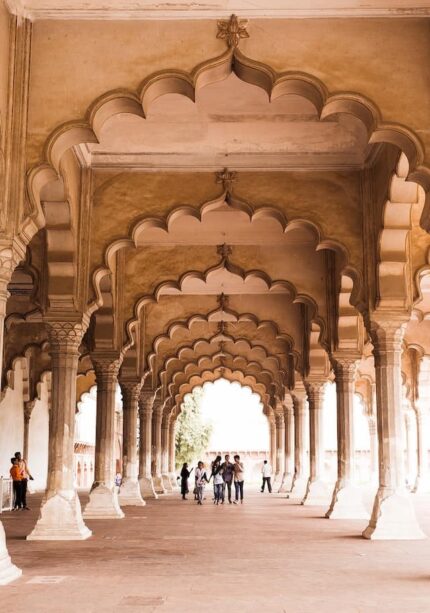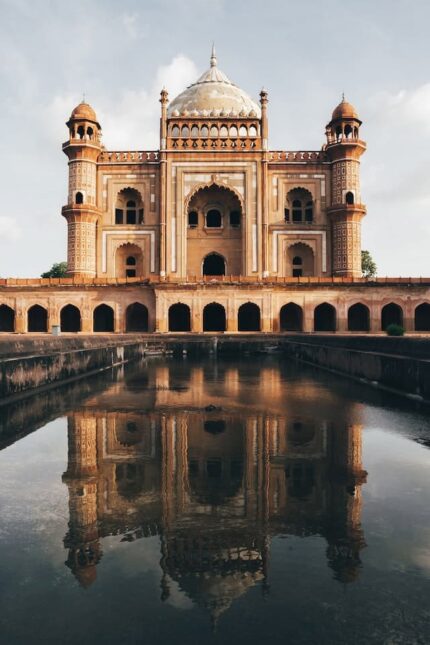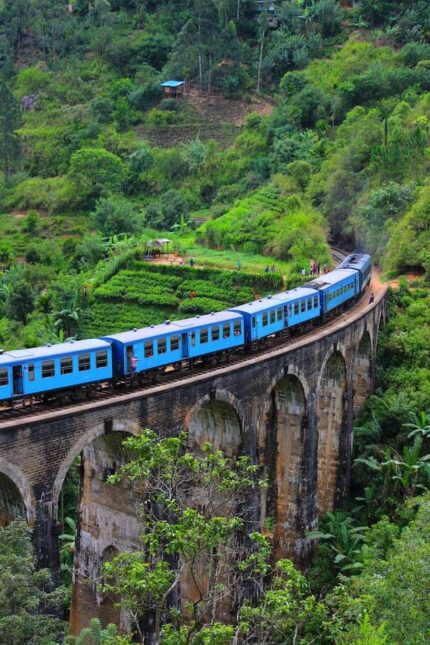India Trip Budget Guide

A Definitive Budget Guide for Traveling to India
With a blend of deep culture, stunning sights, and history, India is known to be one of the most affordable travel destinations around the globe. Offering the majestic view of the Himalayas, the sacred Ganges river, and the Taj Mahal, India is a traveler's paradise. Then again, unlike Switzerland or France, it is reasonably affordable. India does take some prior planning and budgeting to make sure that one has the trip of a lifetime without paying too much.
Flights to India
Plan on spending the most on flights on your trip to India as they are the biggest expense. A lot of factors influence ticket pricing, such as your departing country, region of interest, and time of travel. The high demand season from November to March will typically skyrocket ticket prices, mounting them due to the increased demand. To mitigate expenses, make sure to book tickets a few months in advance and pay within the range of $ 1,000 to 1,300 for economy class and $ 2,500 to 4,000 for first class.


Tourist Visa Fee in India
Travelers need a tourist visa to enter India and its fees differ based on nationality and visa type. Electronic visas are available for a number of countries and their application process is far easier; approval can be expected in three working days.
Learn More about Tourist Visa to India
Accommodation in India
The type and class of a lodge greatly affect its pricing, here’s a breakdown:
Budget Hotels: $30−40 per night
Mid Range Hotels: $50−80 per night
Luxury Hotels: $120−200 per night
High End Resorts: $300−1500 per night
Luxury or mid range options are better suited for families needing modern facilities and a more pleasant experience. Whereas the some heritage hotel tariff varies from Season to Season, be it a tourist season or a Wedding Season.


Transportation Cost in India
Navigating India can be challenging due to its vastness. Here are some transportation options:
Trains: The Indian Railway system is an affordable and efficient way to travel, with prices varying based on class. Luxury trains are available for a more comfortable experience.
Buses: Buses are economical, often costing less than a dollar per hour, but can be crowded.
Taxis and Autorickshaws: Local transport is generally inexpensive, with daily commutes costing around $15-$20.
Food in India
India is a culinary paradise, with meals being significantly cheaper than in Western countries. A meal at a mid-range restaurant may cost around $4-$5, while street food can be as low as $1-$2. Fine dining experiences are also available, with prices for two at upscale restaurants reaching around $60-100.


Sightseeing & Activities
Entrance fees for major attractions can add up, with foreign tourists typically paying more than locals. Budget around $80-$100 per person for visits to popular sites in cities like Delhi and Agra.
Shopping, Tipping & Travel Insurance
Shopping: India is famous for its handicrafts, textiles, and spices. Bargaining is common, and prices are generally lower than in many Western countries.
Travel Insurance: It’s advisable to invest in travel insurance to cover unexpected events, which can provide peace of mind during your travels.
Tipping: Tipping is customary in India, typically ranging from 5% to 10% of the bill in restaurants and for service providers.


Estimated Costs for Different Trip Durations
7-Day Trip: Expect to spend around $1,200-$1,400 for a solo traveler and about $2,500 for a couple, excluding airfare.
3-Month Stay: Budget travelers might manage with $7,000-$8,000, while mid-range travelers could spend $10,000-$12,000, and luxury travelers may need $20,000-$25,000.
